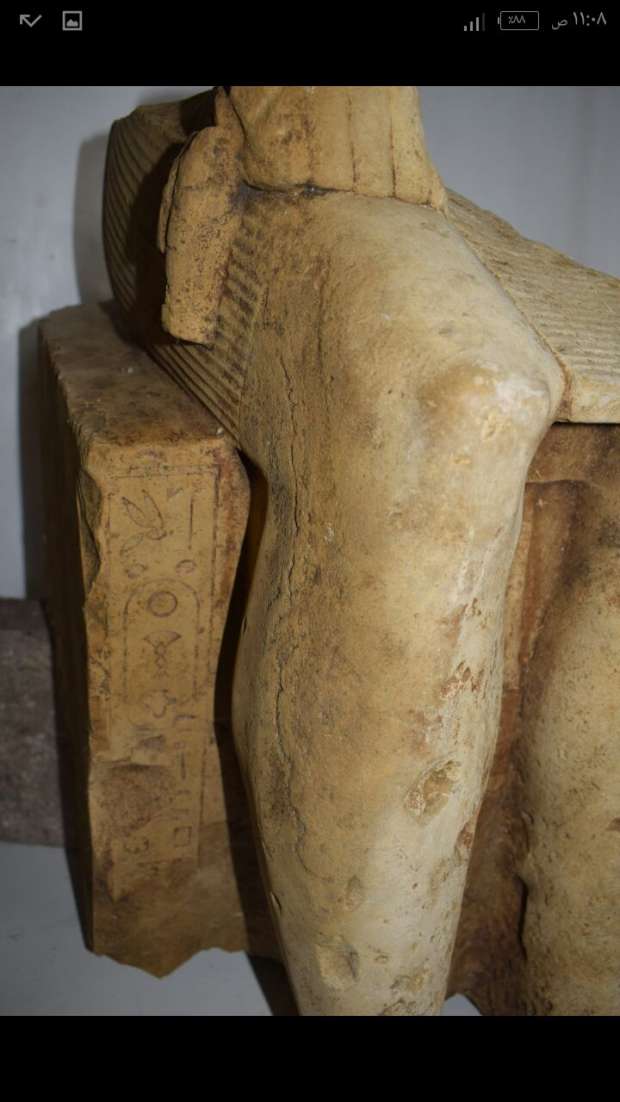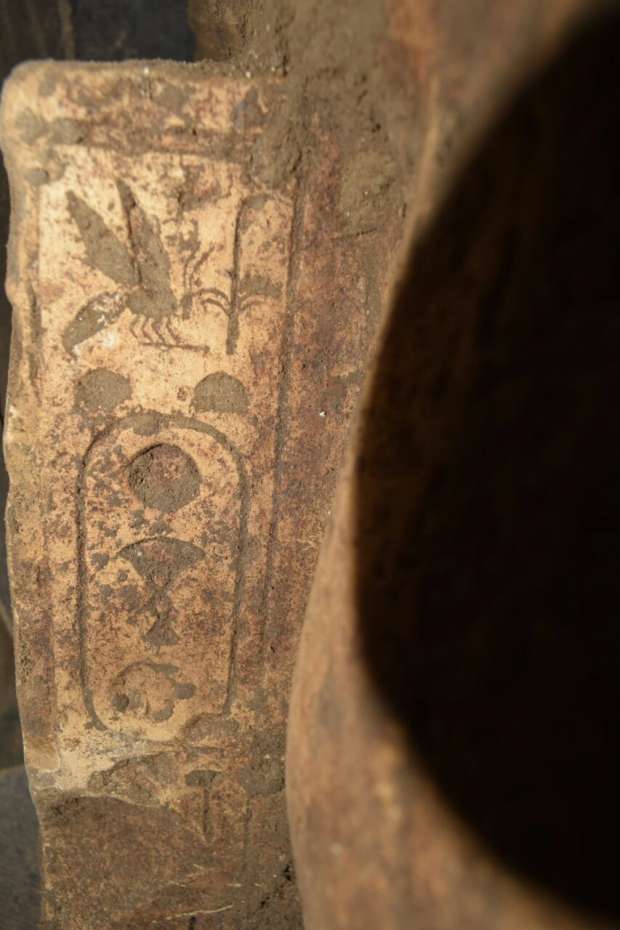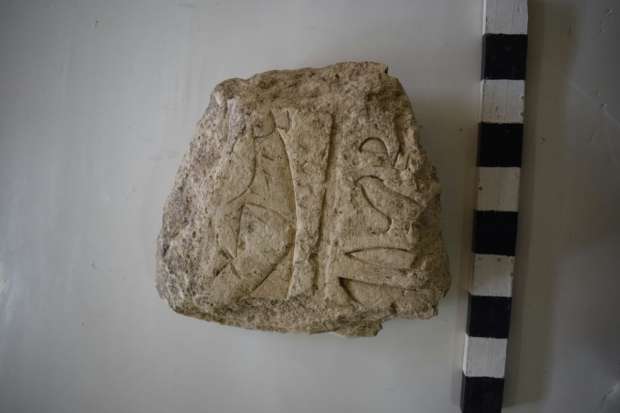The Antiquities Ministry announced its archaeological mission had uncovered the remains of mud-brick walls dating back to different eras of ancient Egyptian civilization in Tal el Ferien area in Kafr el Sheikh governorate.
In statements on Tuesday, Dr Ayman Ashmawy, the head of the Ancient Egyptian Department at the Antiquities Ministry, said that four ancient furnaces from the Late Period (664-332 BCE) were discovered during the excavation work carried out by the mission in Tell el Farain “Buto” (meaning “mound of the pharaohs”).

Ashmawy said that studies conducted on the walls’ remains suggested that it could represent the main ancient axis of the Buto temple, while the ancient furnaces may have been used to prepare the sacrificial offerings presented to deities in the temple.
The mission also uncovered the foundation of two limestone columns that may be part of the temple’s hall of pillars, he added.
The mission also unearthed a limestone statue of King Psamtik I sitting on the throne and holding the royal handkerchief in his right hand, he added.

He underlined that part of an unidentified royal statue has been discovered, suggesting that it could belong to King Psamtik I.
The hand carved statue is made of black granite, he said, noting that the statue is missing the head, neck, and a part below the knee, as well as the base and parts of the arms.

It depicts the king wearing the Shendyt (royal kilt) and adopted the “left foot forward” stance, Ashmawy said.
Wahibre Psamtik I, known by the Greeks as Psammeticus or Psammetichus, who ruled 664–610 BC, was the first of three kings of that name of the Saite, or Twenty-sixth Dynasty of Egypt. (MENA)









































admin in: How the Muslim Brotherhood betrayed Saudi Arabia?
Great article with insight ...
https://www.viagrapascherfr.com/achat-sildenafil-pfizer-tarif/ in: Cross-region cooperation between anti-terrorism agencies needed
Hello there, just became aware of your blog through Google, and found ...